
NAMBU is a semi-modular FM synthesizer that allows you to create sounds by combining not only typical FM operators but also six different types of operators: analog synth-style oscillators capable of AM, noise, texture particles, filters, and resonators.

With a single purchase, you can use it on Apple Silicon Mac, iPad, and iPhone without any limit on the number of installed devices.
If you have already purchased this App on your iOS device, you can download it to your Apple Silicon Mac for free as long as you use the same Apple ID as your iOS device.
The App Store may not show that the app has been purchased on a different device than the device on which the app was purchased. (For example, when you purchase an app on an iPad and then install it on a Mac.)
However, as long as you are using the same Apple ID, you should be able to install it for free for the second and subsequent installations, even if it is on another device.
If you continue with the purchase process, the App Store should eventually confirm that you have made the purchase and you should be able to download the app for free, even if it appears as if it has not been purchased.
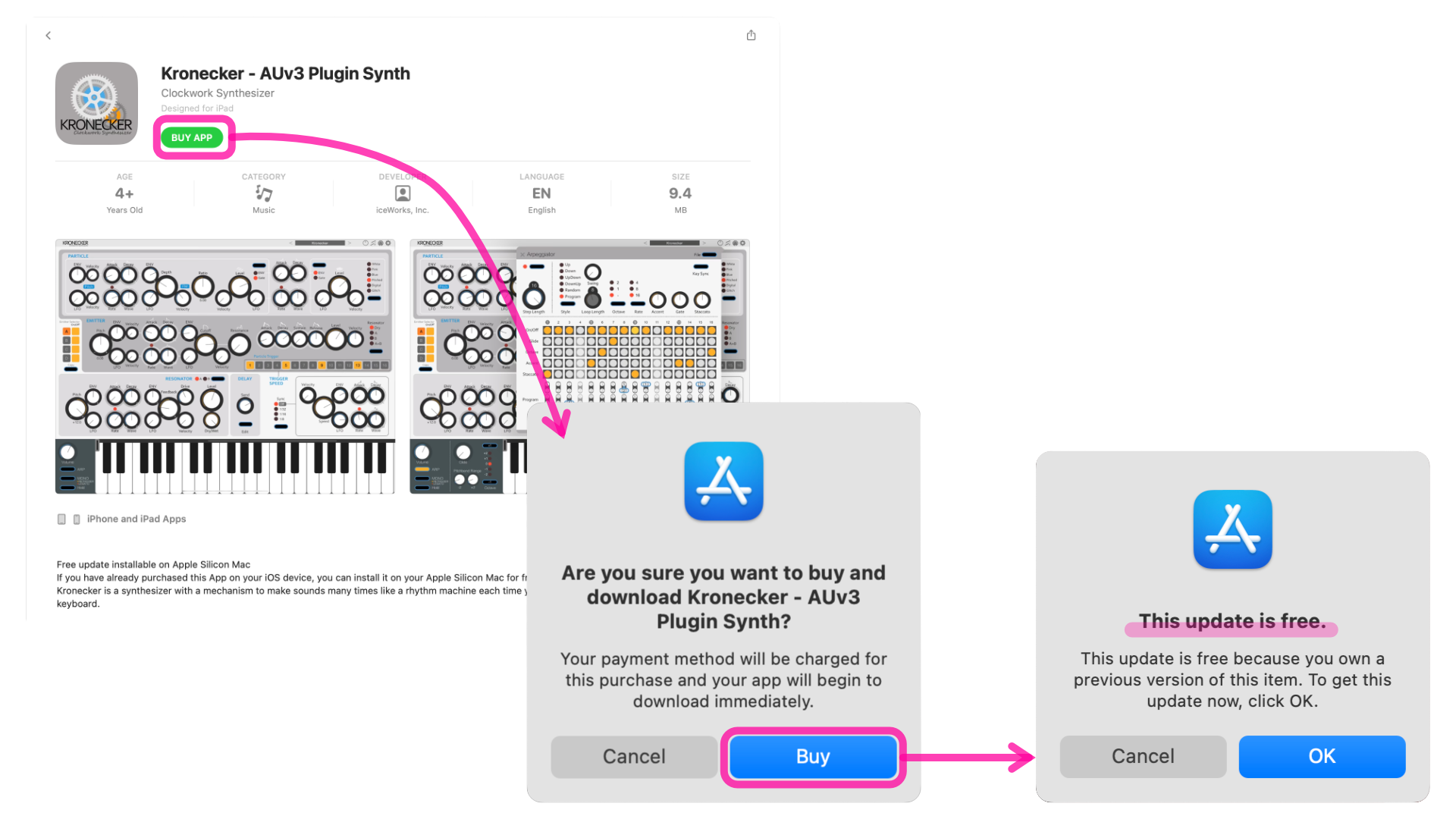
If you have further questions or concerns, I encourage you to contact Apple Support. https://support.apple.com/apps
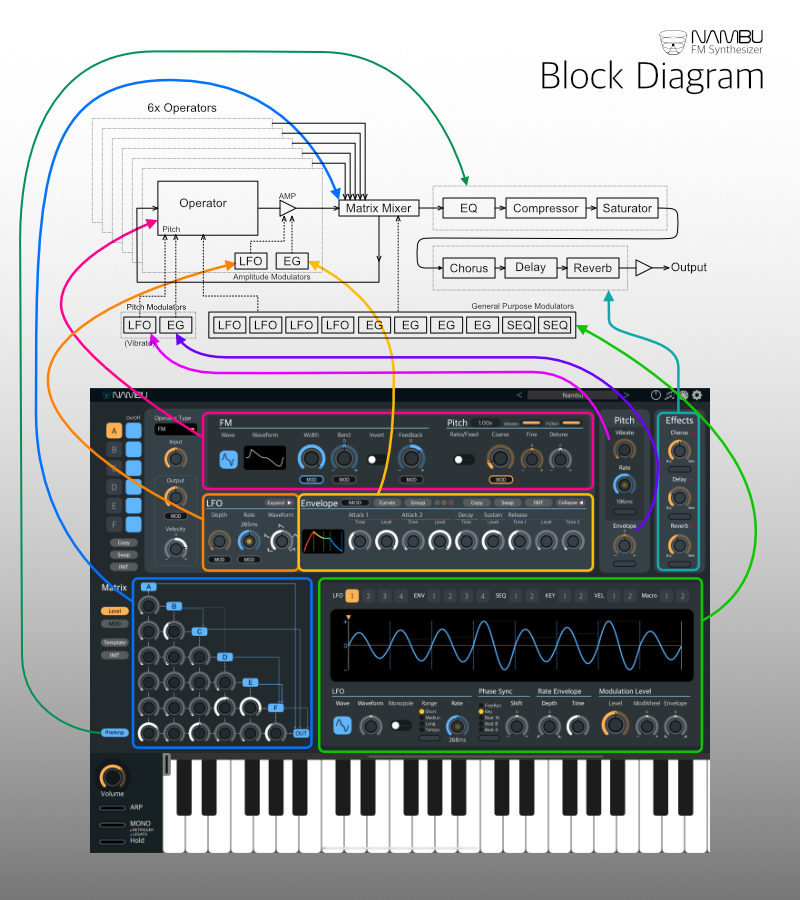

Nambu has six operators. Each operator can be selected from six different types, including an FM operator for frequency modulation, an operator that mimics an analog synthesizer oscillator, noise, texture, resonator, and filter.
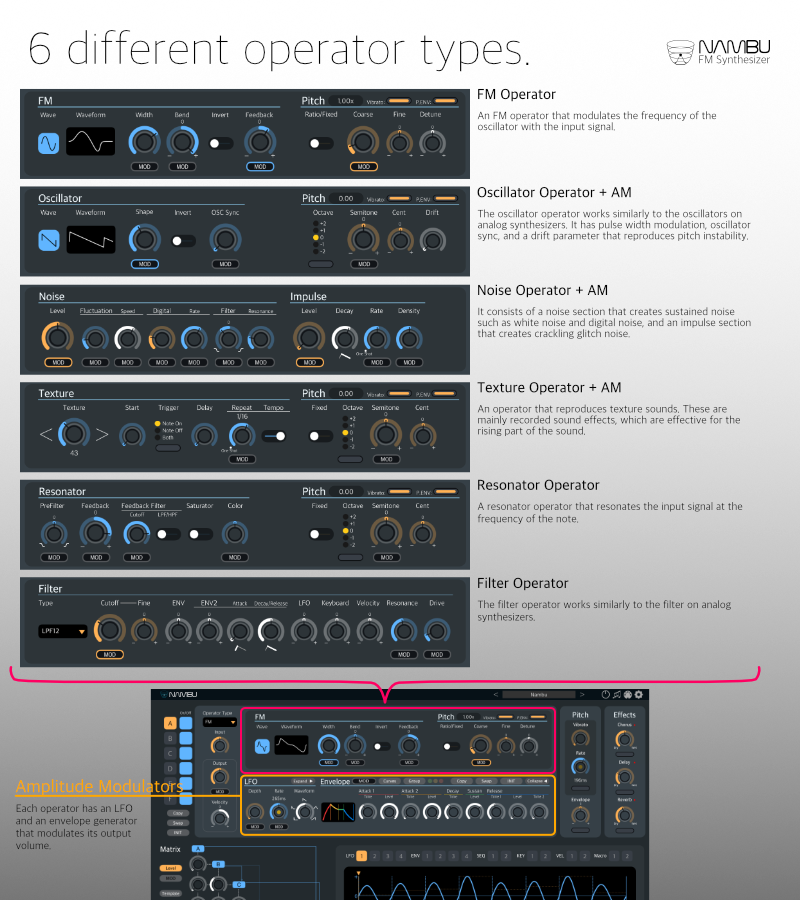
You can choose from 6 different operator types.
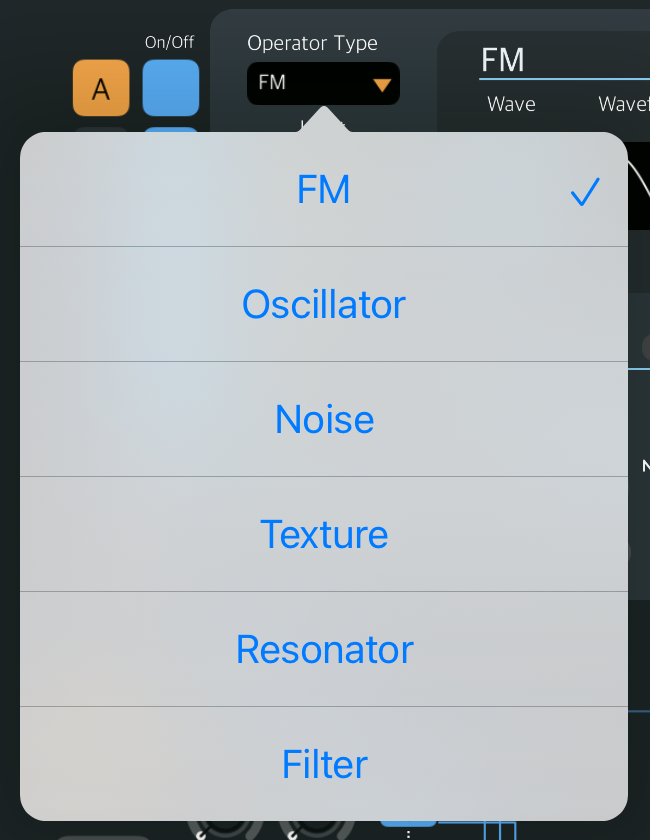
An FM operator that modulates the frequency of the oscillator with the input signal.

You can transform the waveform with Width, Bend, Invert, and Feedback parameters.
Self-feedback can be set individually for all operators.
You can choose from 32 different waveforms.



The oscillator operator works similarly to the oscillators on analog synthesizers. It has pulse width modulation, oscillator sync, and a drift parameter that reproduces pitch instability.

Also, if there are any input signals, they are multiplied with the signal generated by this operator and output (AM: Amplitude Modulation).
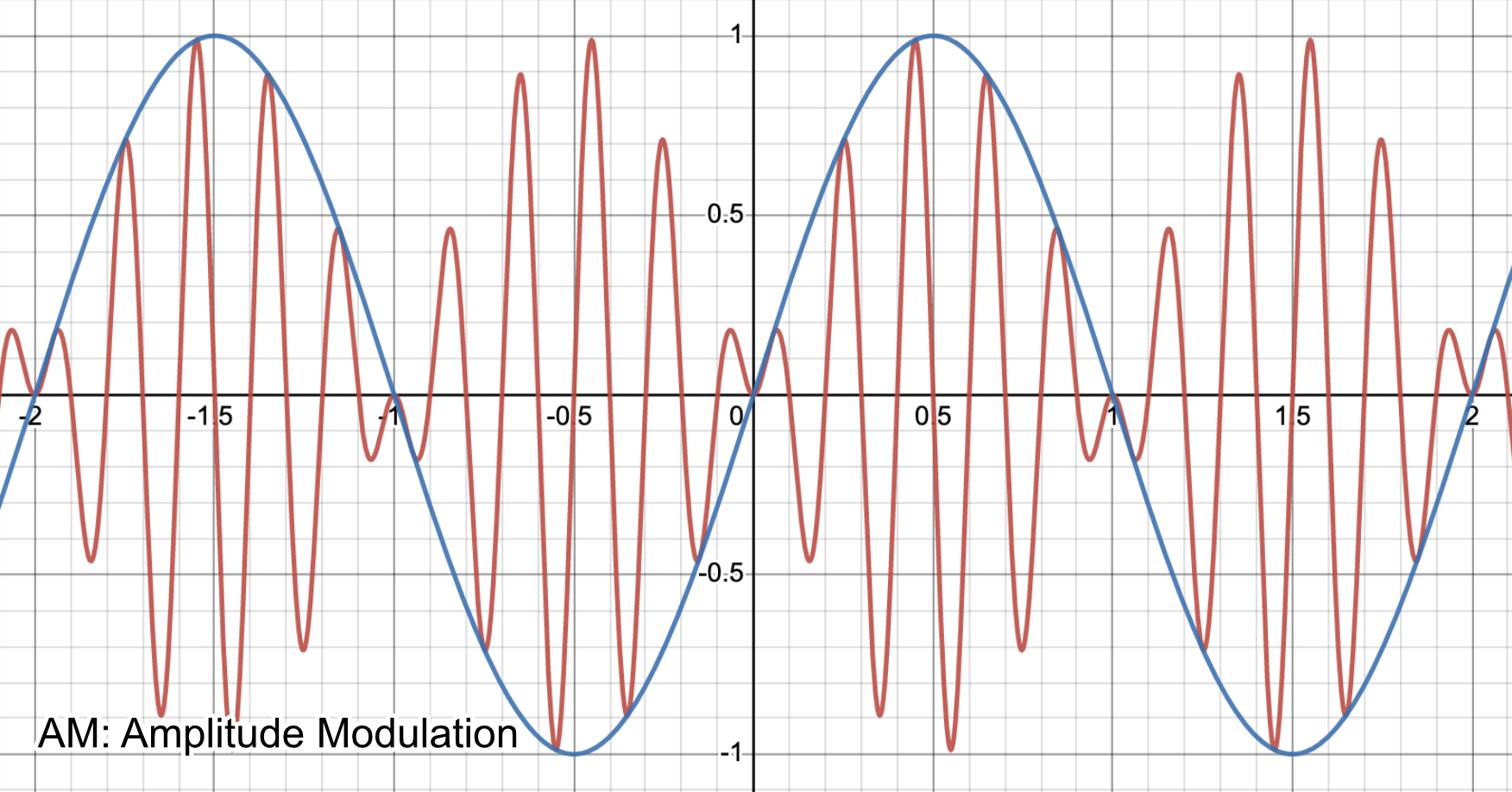
It consists of a noise section that creates sustained noise such as white noise and digital noise, and an impulse section that creates crackling glitch noise.


An operator that reproduces texture sounds. These are mainly recorded sound effects, which are effective for the rising part of the sound.

You can also trigger the texture sound on note-off (You need to set the envelope so that it sounds after note off). This helps reproduce damper noise.
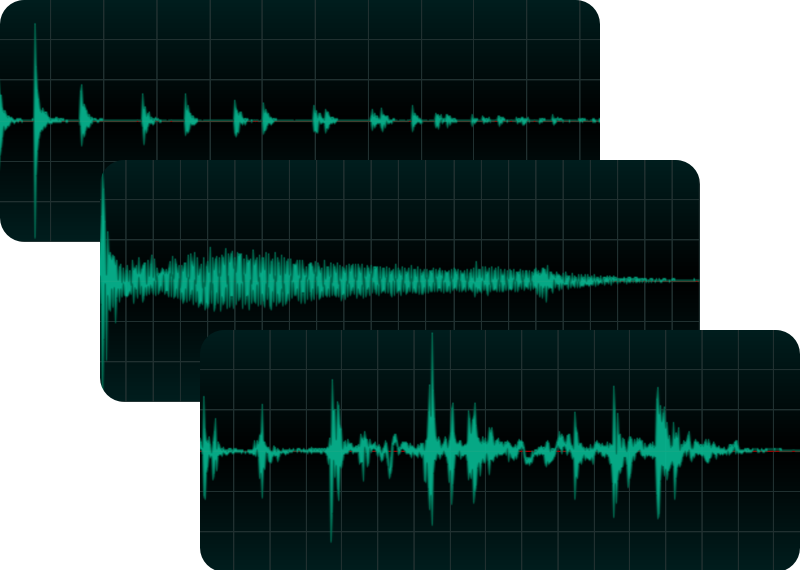
A resonator operator that resonates the input signal at the frequency of the note. By inputting unpitched noise, you can create a sound similar to the sound of bowing a string or blowing a pipe. By inputting a short sound like an impulse, you can create a sound like a string being plucked.

The filter operator works similarly to the filter on analog synthesizers.

The filter operator has its own independent little ENV2.
Each operator has an LFO and an envelope generator that modulates its output volume.
This LFO modulates the volume of the operator.
Every operator has its own LFO that modulates its volume. These are different from the general purpose LFOs that can be selected with the "MOD" button.

This Envelope modulates the volume of the operator.
Every operator has its own envelope that modulates its volume. These are different from the general-purpose envelopes that can be selected with the "MOD" button.

You can adjust the curves of the envelope.
Adjusts how much velocity or note number modulates the value of each parameter of the envelope.
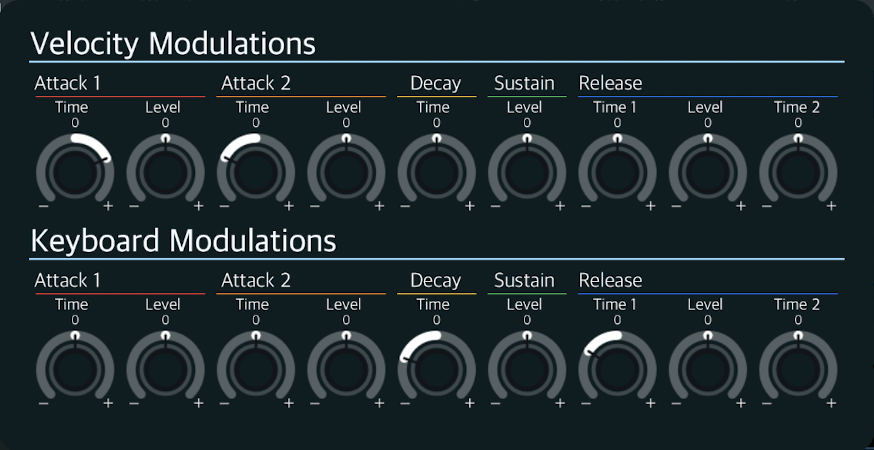
Operator envelope settings set in the same group are linked.
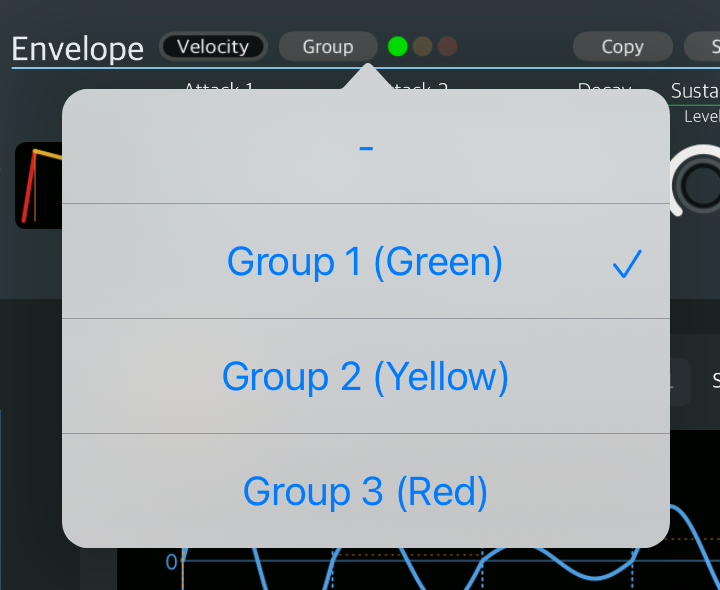
The Matrix mixer creates an operator network that is not limited to traditional "Algorithm" methods.
The matrix knobs adjust how much signal is sent from where to where. Self-feedback of the FM operator is possible, but it is not possible to configure a feedback signal path with the matrix mixer.
When you operate the matrix knob, a diagram showing operator connections is displayed in the upper right. The color intensity of the arrows connecting operators indicates the volume of the signal sent to that operator.
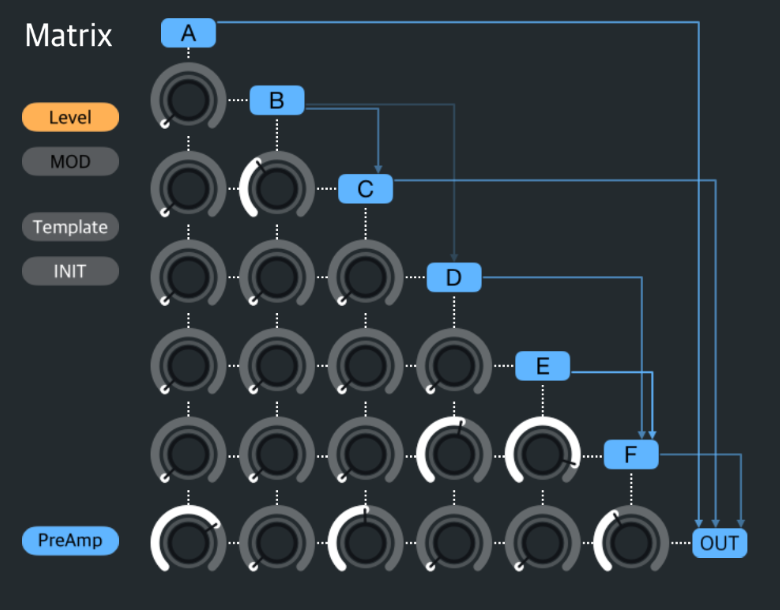
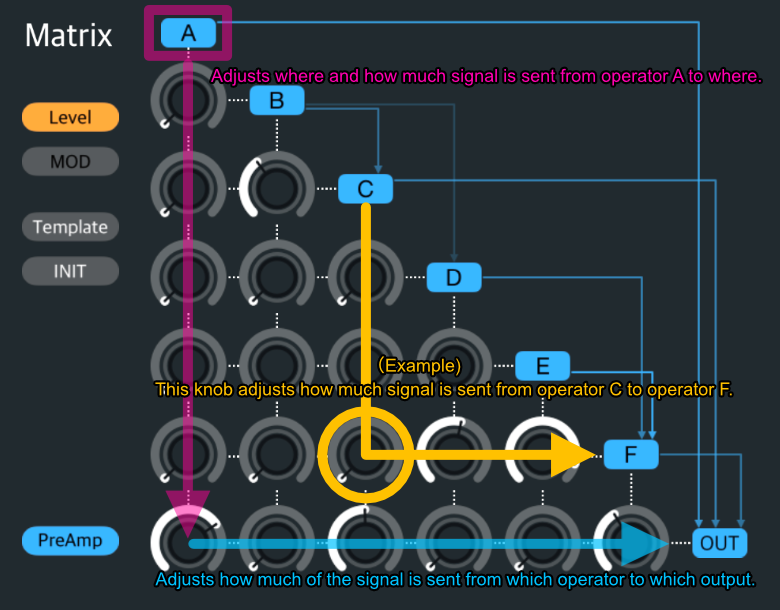
All Matrix volumes can be modulated with modulators.
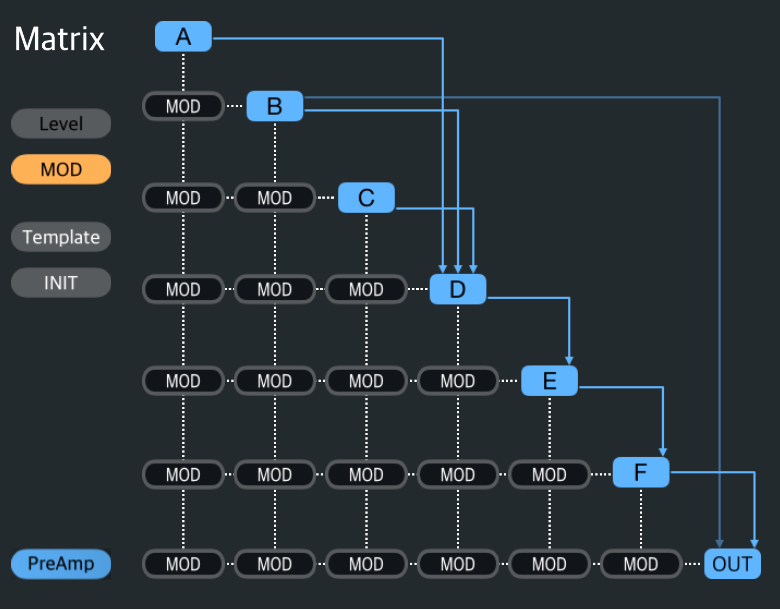
Nambu does not have an "Algorithm" parameter like other FM synthesizers. It has a "Template" for initializing the operator network. You can adjust the matrix mixers to create even more complex operator networks.
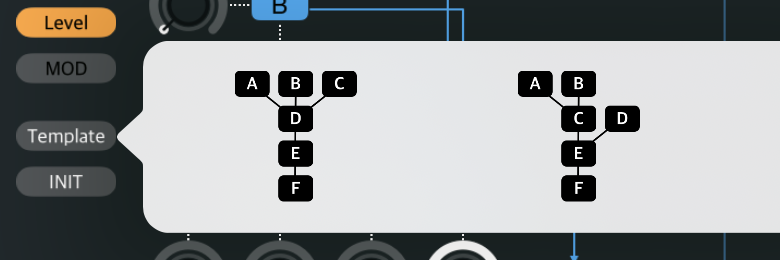
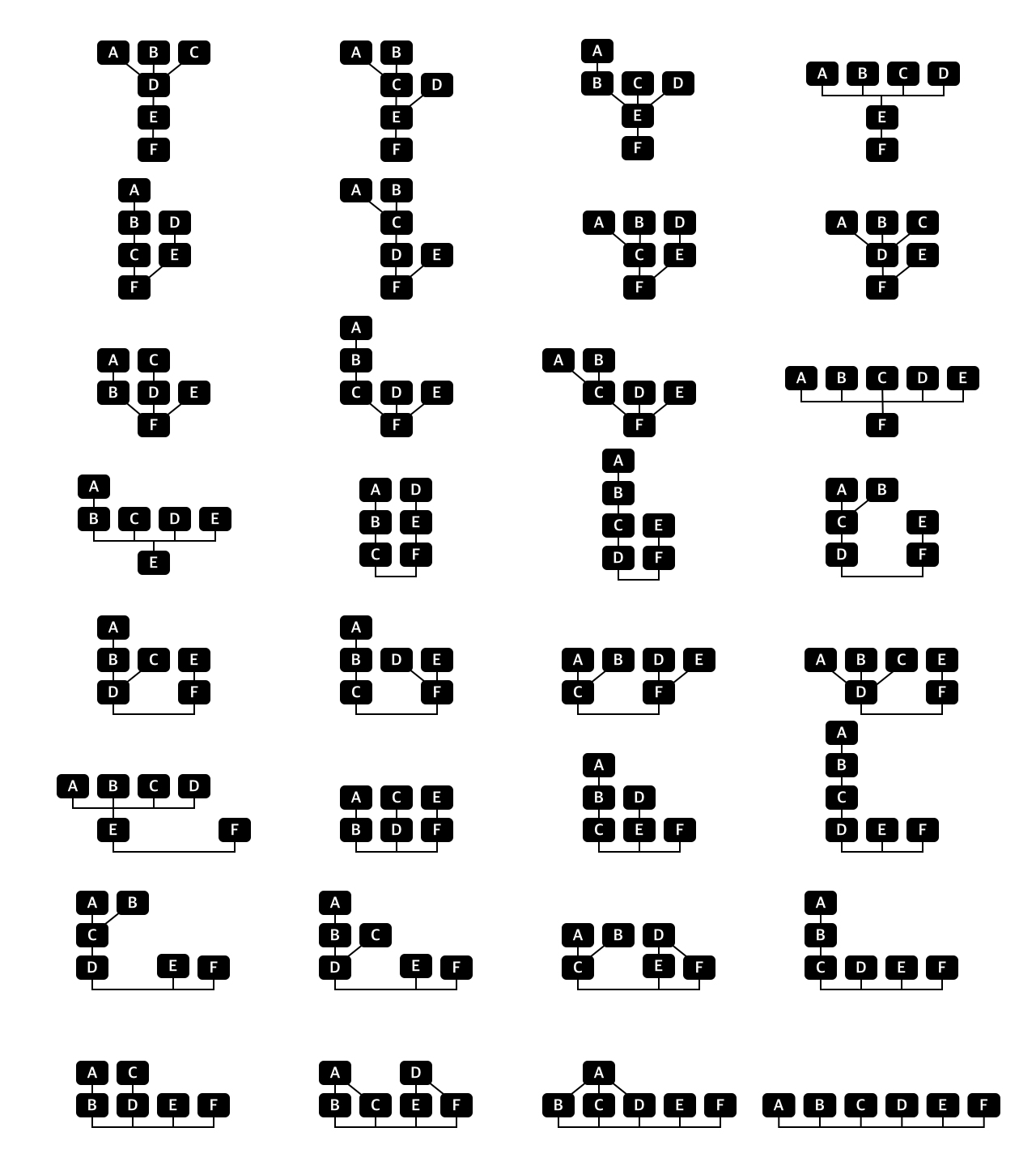
Parameters with a "MOD" button can be modulated using general purpose modulators.
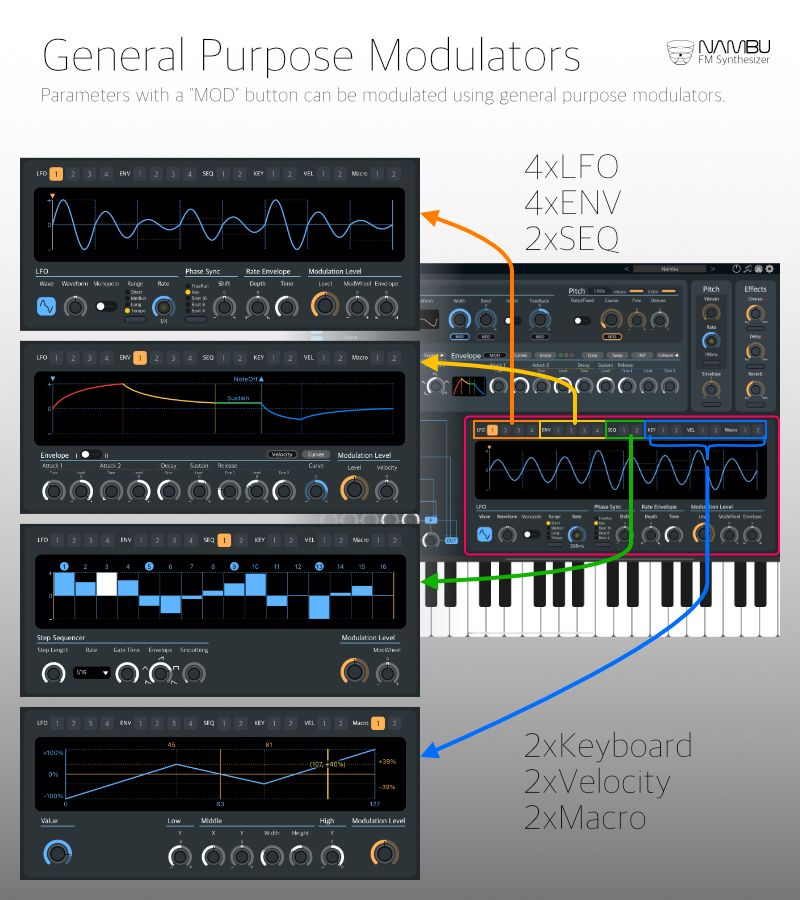
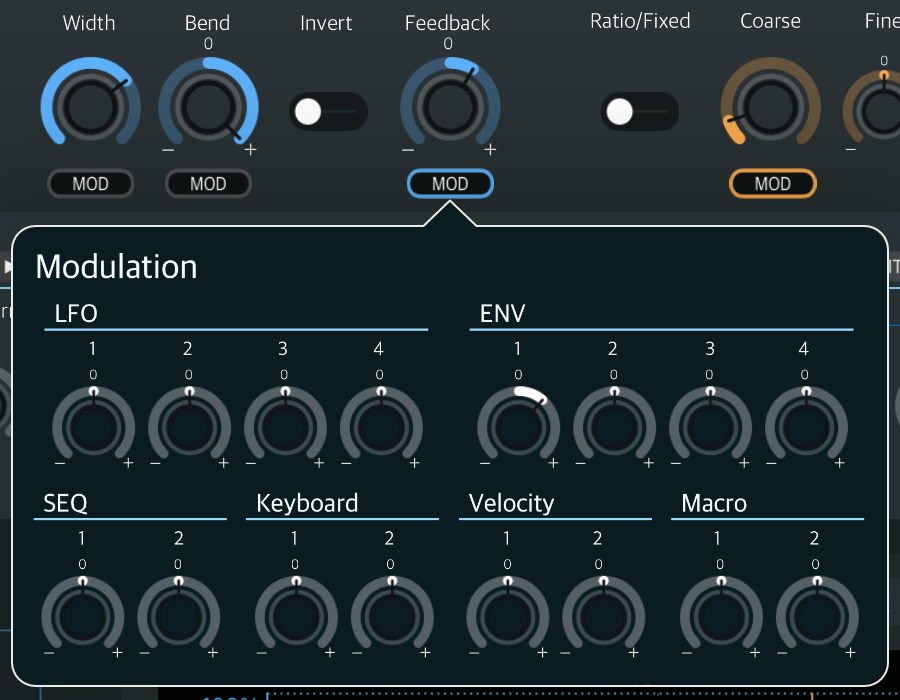
A pop-up window where you can adjust the modulation source and its modulation amount opens when you press the "MOD" button.
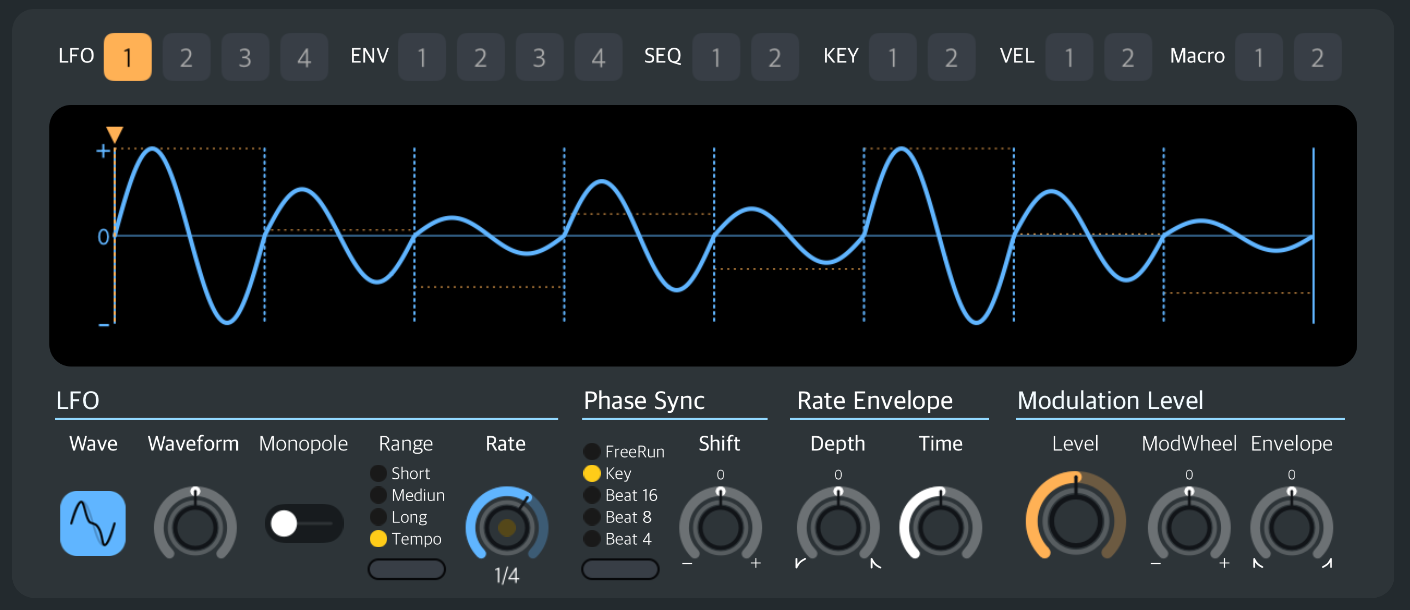
The envelope provided for the modulator can also be set to negative values.
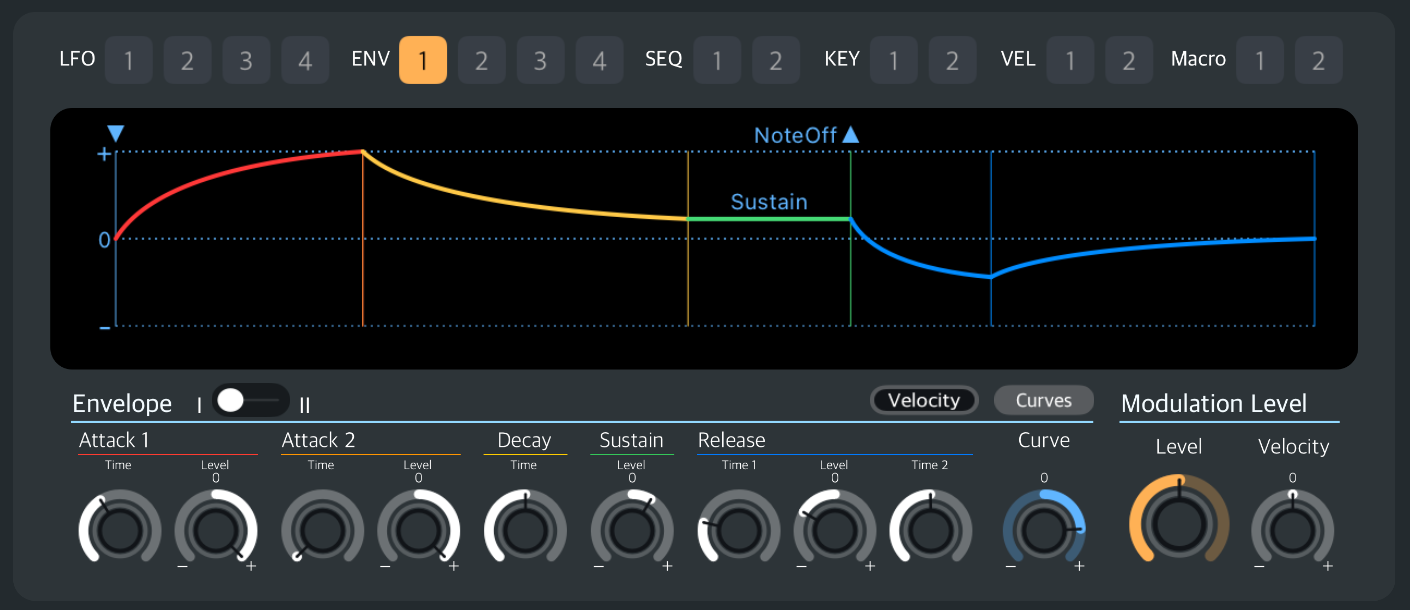
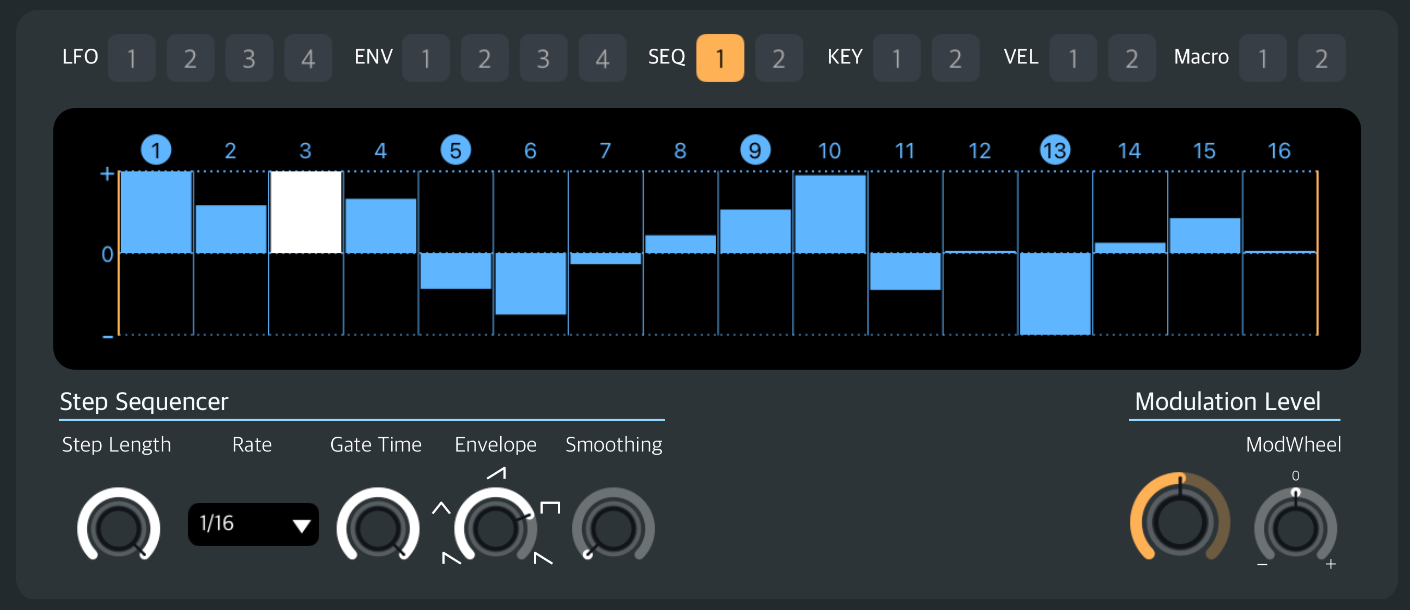
In addition to "keyboard scaling" adjustments that close the filter in the higher frequencies, you can also create sounds that produce the bass sound in the lower range of the keyboard and the melody sound in the upper range.

In addition to "velocity scaling" adjustments that open the filter as you strike the keyboard harder, you can also create sounds that switch between tones depending on how hard you press the key.
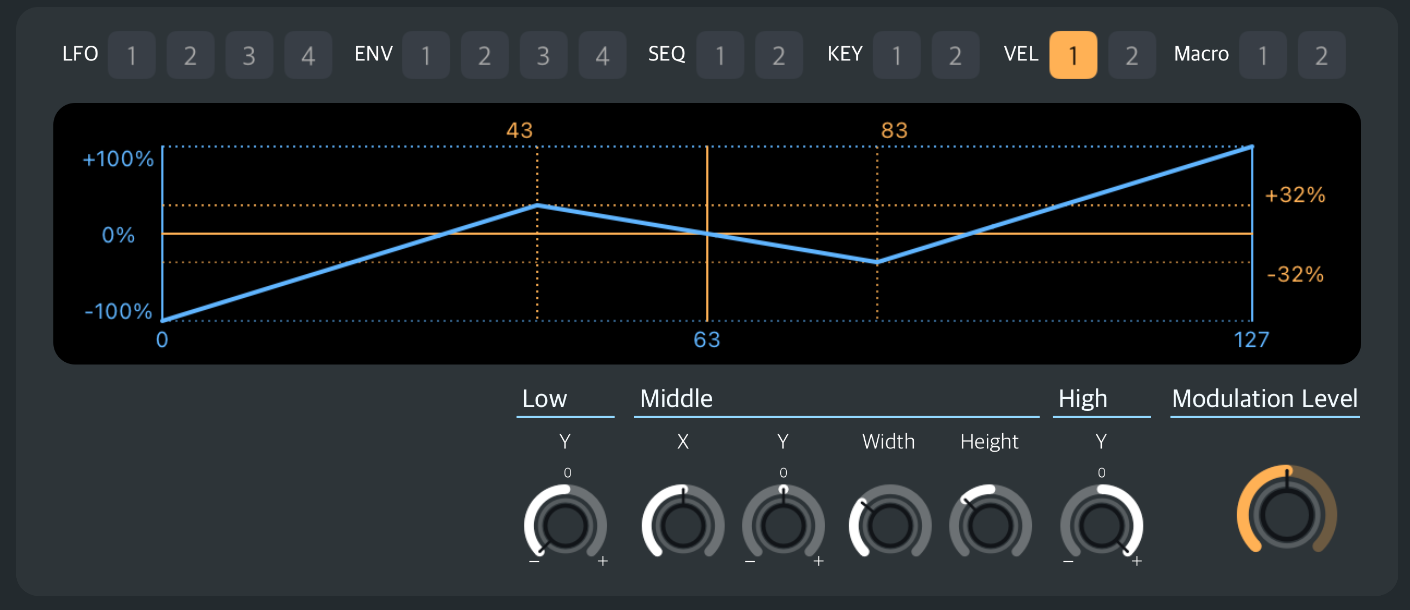
By assigning the "Value" knob to a MIDI controller, you can control multiple parameters with a single knob.
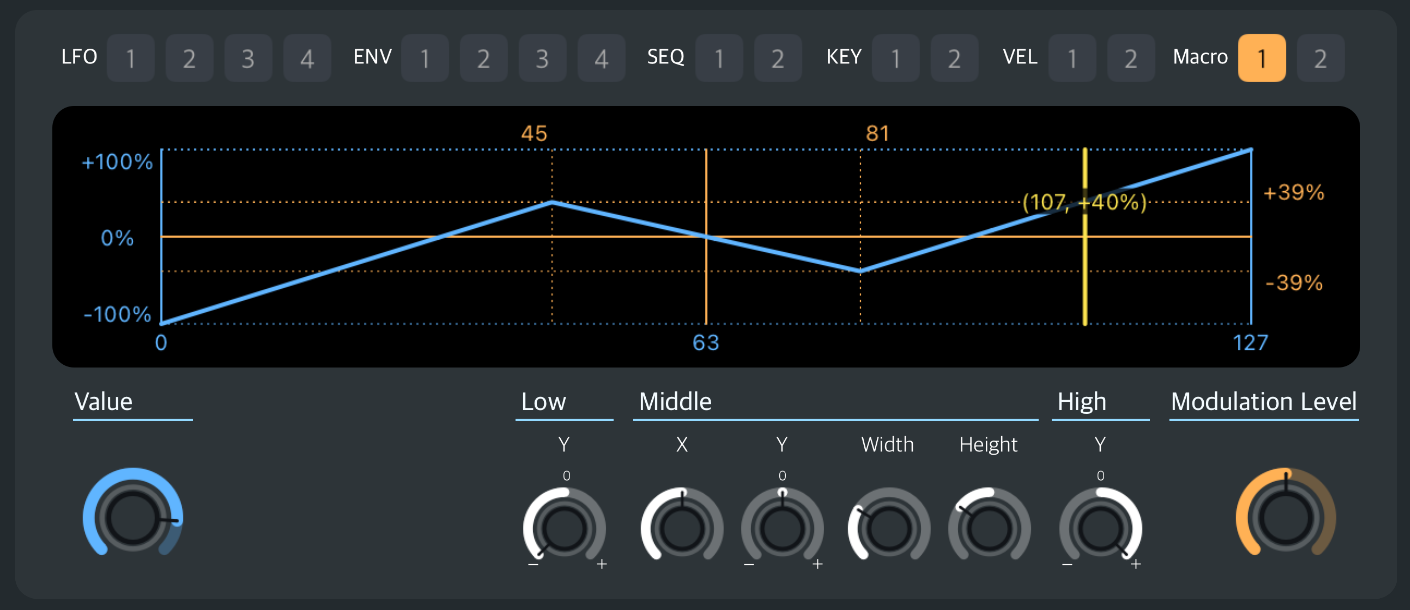
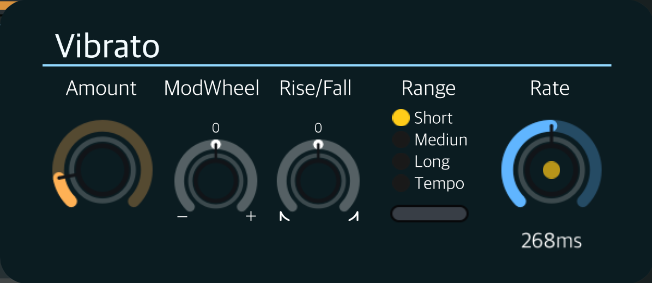

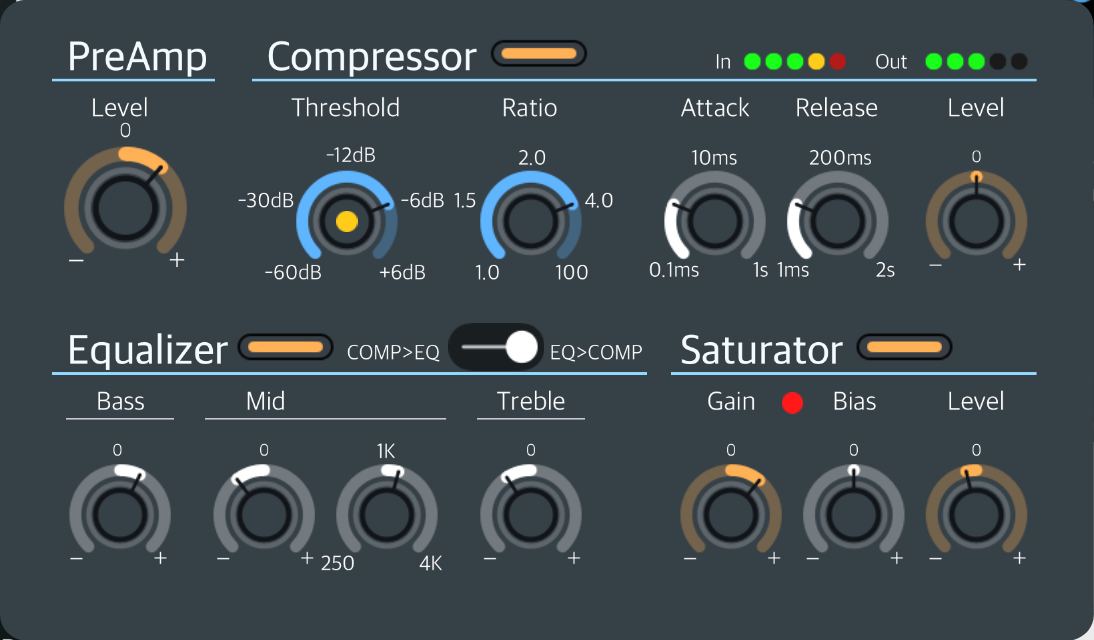
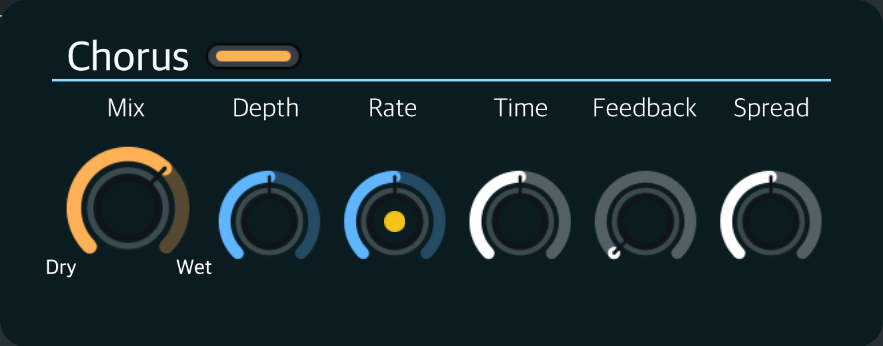
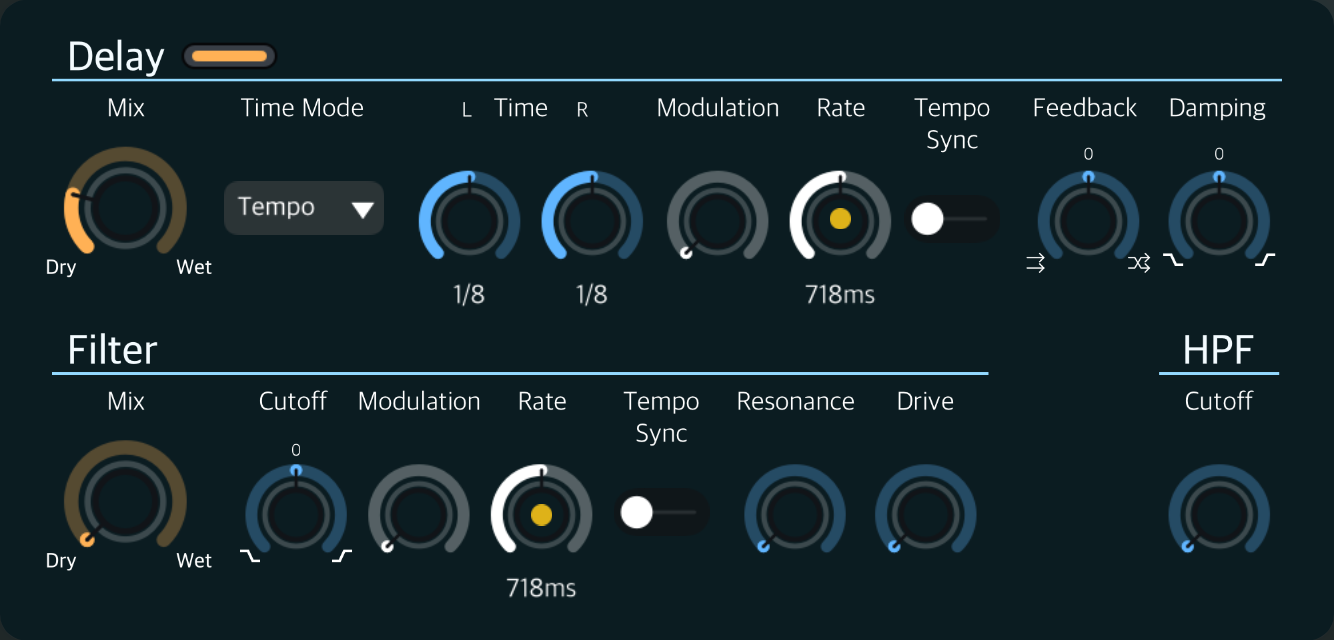

You can easily create your own pattern.
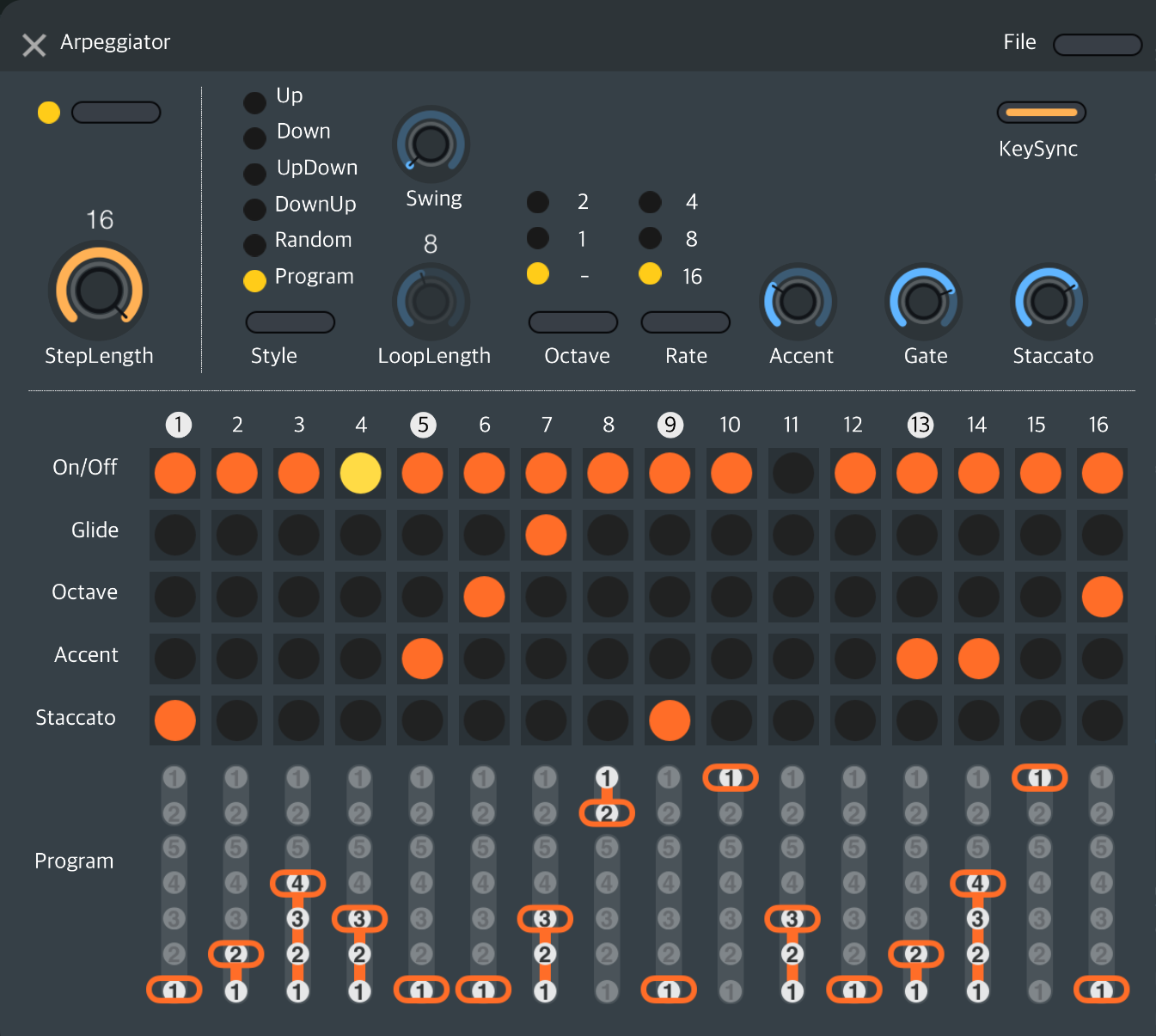
You can adjust the pitch of the entire instrument.
You can change the equal temperament tuning scale to a different tuning.
The knobs on the screen can be assigned to MIDI controllers.
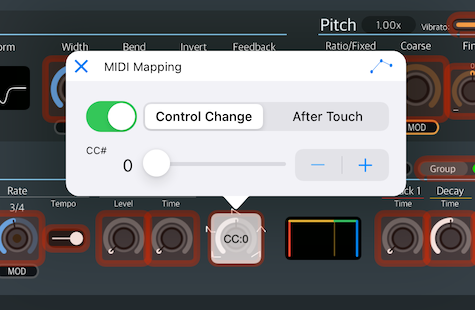
You can share your presets with other users. You can add presets created by other users to your preset library using the iOS Share Extension feature.
Compatible with Mac(Apple Silicon), iPad and iPhone.
![]()
This product can be installed and used on multiple devices, including Apple silicon Mac, iPad, and iPhone, with a single purchase, as long as the same Apple ID is used for each device via the App Store. There is no limit to the number of devices on which the product can be installed.

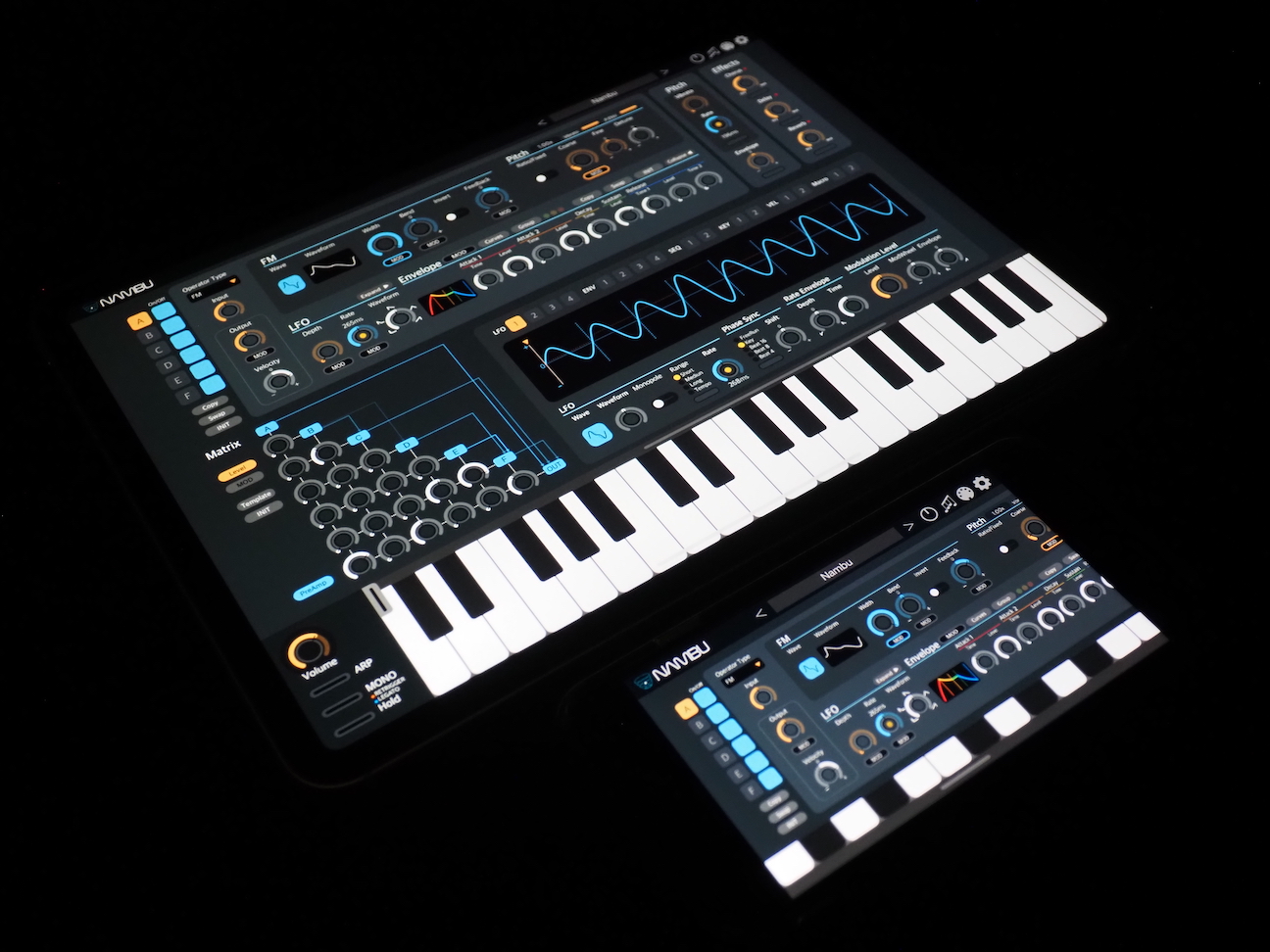
Nambu can be installed on Macs with Apple silicon, but not on Macs with Intel CPUs. You can plug in host apps that support AUv3, such as Logic Pro, Garage Band, and Ableton Live.
![]()
This product supports only AUv3 plug-in format. You can use this AUv3 Plug-In in a host application that supports AUv3. Other plug-in formats are not supported.